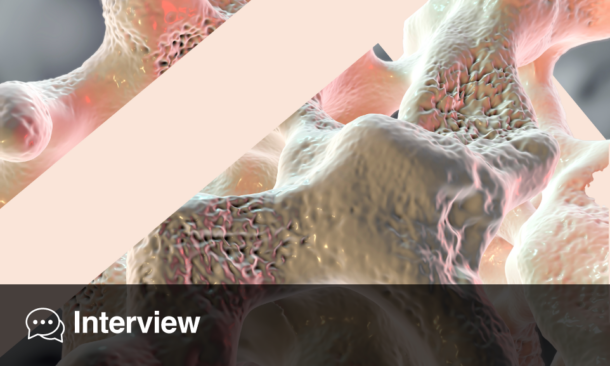BACKGROUND AND AIMS
Takayasu arteritis (TA) is a chronic inflammatory large-vessel vasculitis, predominantly affecting the aorta and its main branches.1 Vessel inflammation leads to wall thickening, fibrosis, stenosis, and thrombus formation. TA mostly affects females and many ethnic and racial groups worldwide. The treatment strategies are not well recognised and the place of glucocorticoids, disease-modifying anti-rheumatic drugs (DMARDs), and, more recently, of biological targeted therapies is still not determined.
MATERIALS AND METHODS
The authors conducted a retrospective multi-centre study in referral centres from France, Italy, Spain, Israel, Japan, Tunisia, and Russia about biological-targeted therapies in TA during the period from January 2017 to September 2019 for the data collection. All physicians were asked to fulfil standardised anonymised excel form. All patients met TA criteria for the American College of Rheumatology (ACR) and/or Ishikawa, modified by Sharma.2 The patients’ age, sex, associated diseases, TA duration and vascular extension (Numano scale), clinical, laboratory and imaging data, and treatments were analysed at baseline, at the initiation of each new treatment regimen, at 6 months and at the last available visit. Glucocorticoid dosages were analysed at the initiation of each new treatment regimen and during the follow-up. Routine laboratory indicators of disease activity, including C-reactive protein levels, were collected. The different lines of immunosuppressive agents (DMARDs) were studied separately, considering azathioprine, mycophenolate mofetil, leflunomide, methotrexate, and cyclophosphamide. For biological-targeting treatments, each line of various biologics was analysed separately for each patient, including toiclizumab, infliximab, etanercept, adalimumab, certolizumab, and golimumab. This study included 209 patients with TA, with a median age at diagnosis of 29 years (an age range of 7–62), and 186 (89%) females.
RESULTS
According to Numano classification, 20 patients (10%) were of Type I, 68 (33%) Type II, 14 (7%) Type III, 8 (4%) IV, and 90 (44%) Type V. Among the 209 patients with TA, 291 lines of biological-targeting treatments were used during the median 36 months (<1–14 years) follow-up, after a median number of DMARDS of 1 (0–4). Patients with TA received either TNF-α antagonists (n=132 [63%] with 172 lines: infliximab [n=109], adalimumab [n=45], golimumab [n=8], certolizumab [n=6], and etanercept [n=5]), or tocilizumab (n=77 [37%] with 121 lines: intravenous and subcutaneous in 95 [79%] and 26 [21%] cases, respectively), as first biotherapy line. Indications for biological-targeting treatment were insufficient response and/or intolerance to DMARDS in 175 (84%) and first line therapy to active TA in 33 (16%) cases.
Biological-targeting treatments duration was 18.0 months (<1.0 month to 14 years), with a median of 24.0 months (<1.0 month to 14.0 years) for TNF-α antagonists versus 13.0 months (<1.0 month to 8.8 years) for tocilizumab. The median follow-up was shorter for patients on tocilizumab as first line (30.0 months [2.6 months to 8.7 years]) than for TNF-α antagonists (42.0 months [<1.0 month to 14.5 years]; p=0.0001), respectively. A total of 143 patients received TNF-α antagonists at least once, including first line: 121 (85%) patients switched for this type of treatment once, 16 (11%) patients twice, one (3%) patients three times, and one (<1%) patient for five lines. When considering switches after the first line, a total of 33 patients switched for TNF-α antagonists at least once, subsequently to a first line: 25 (85%) patients switched for TNF blocking agents once, seven (11%) patients twice, and one (<1%) patient for four lines. In comparison to the baseline, the 6 months rates of vascular signs, constitutional signs, radiological activity, National Institutes of Health (NIH) stroke scales, C-reactive protein levels, and prednisone amounts significantly decreased both on TNF-α antagonists and tocilizumab. At 6 months, the clinical and radiological activities and prednisone daily amounts were not significantly different. A complete response (NIH <2 with less than 10 mg/day of prednisone) to biological-targeting treatments at 6 months was evidenced in 101/152 patients (66%) on TNF-α antagonists and 75/107 (70%) patients on tocilizumab. In multivariate, analysis, age ≥30 years (odds ratio: 2.09 [1.09; 3.99]) was associated with complete response, whereas vascular signs (0.26 [0.1;0.65]), baseline prednisone ≥20 mg/day (0.51 [0.28;0.93]) were negatively associated with complete response.
CONCLUSION
In conclusion, the authors conducted the largest study to assess the long-term efficacy of TNF-α inhibitors and tocilizumab in patients with TA. TNF-α inhibitors and tocilizumab seem to have equivalent efficacy and tolerance. However, prospective, large, and randomised studies are necessary to further define the induction and the maintenance therapies in TA. A multi-centre, randomised, prospective trial evaluating the efficacy and safety of infliximab to tocilizumab in refractory or relapsing Takayasu Arteritis (INTOReTAK) is ongoing.3








